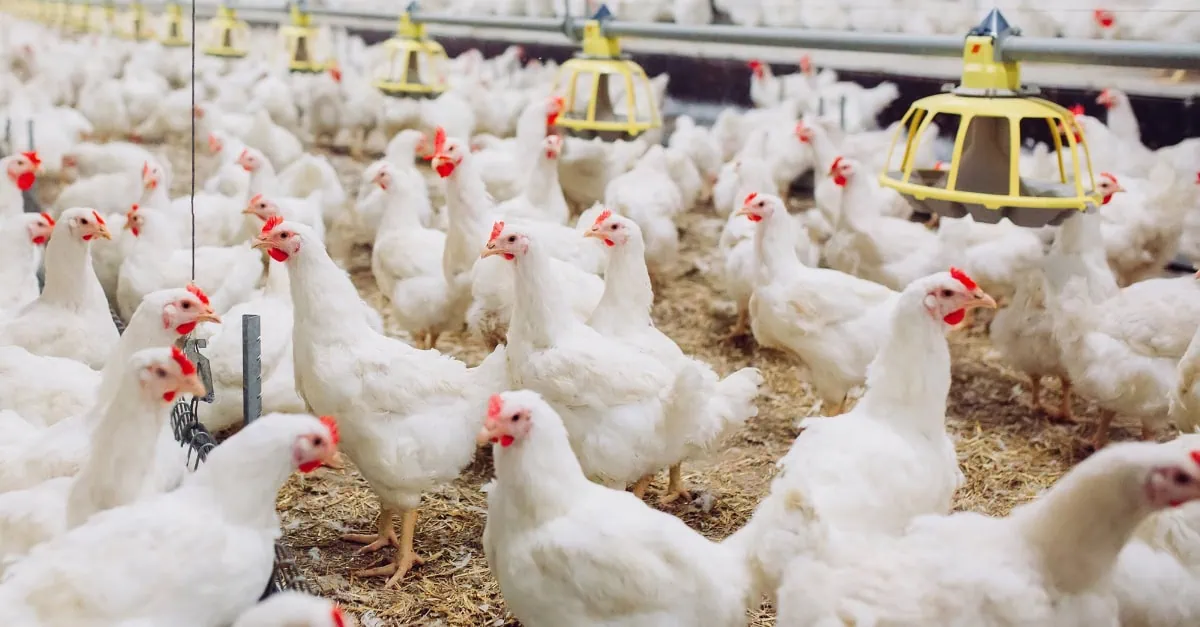The US broiler market is experiencing an unusual split. While breast meat prices have crashed, thigh cuts are maintaining relatively strong positions—though cracks are beginning to show.
Boneless skinless breast meat averaged more than $0.30 below its 5-year average last week. The front half of the bird is in what industry analysts describe as a “full-on meltdown.”
Thigh meat tells a different story. Boneless skinless thigh meat averaged $1.72 per pound last week, just $0.05 below the 5-year average of $1.77 per pound for the same period.
But this resilience appears temporary. Private market sources indicate boneless skinless thigh meat could drop below $1.50 per pound shortly, with potential declines into the $1.00-$1.25 range through early winter. Seasonally-adjusted demand in the thigh segment has reached its weakest point in at least two years.
Inventory levels signal temporary downturn
Cold storage data suggests the current price weakness won’t persist beyond Q4 2025.
Thigh meat inventories stood at less than 15.0 million pounds as of August 31st, down from 16.6 million pounds at the end of July. While this represents a 14% increase from last year’s 13.2 million pounds, the prior-year total was exceptionally light by historical standards.
Compared to the 5-year average of 16.4 million pounds for the end of August, current inventory levels show a comfortable deficit.
Bone-in thigh inventories are even tighter. Just 7.76 million pounds of thighs and thigh quarters were on hand as of August 31st—8.8% below last year and 41% below the 5-year average of 13.1 million pounds.
LEAP Market Analytics views the current downturn as a “blip” for the broader thigh category and expects demand improvement by early 2026.
Market dynamics shifting
The boneless skinless thigh meat market has become increasingly disconnected from bone-in dark meat cuts in recent years, instead showing stronger correlation with boneless skinless breast meat prices.
Thigh meat has maintained a relatively elevated position compared to breast meat since last year. However, analysts expect some “mean reversion” in 2026, with both products potentially averaging around $1.50 per pound.
While these price points feel low compared to recent years, they align with broader historical trends over the past decade.
Despite current industry weakness, accommodating feed input markets should prevent an extended slump for broiler integrators.
For real-time broiler prices and broiler price forecasts, visit: app.vespertool.com
